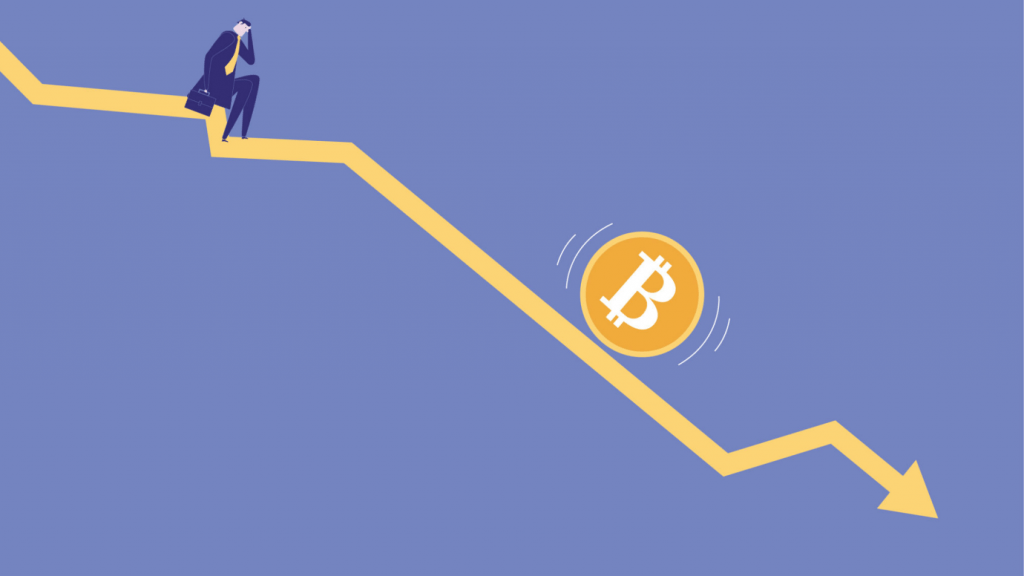
Canada Appeals for International Firefighting Aid
June 09, 2025: Canada has issued an international appeal for firefighting support as wildfires intensify across multiple provinces

August 22, 2022: -On Friday, Bitcoin decreased to its lowest level in over three weeks, which goes below $22,000 in a rapid crypto sell-off in European trading.
Bitcoin briefly came down from $22,738 to below $21,500 at 2:30 a.m. ET, according to CoinDesk data, before recovering to just under $22,000 over 10 minutes.
It comes soon after the largest digital coin in the world reached the $25,000 level in June, after a peak in U.S. stocks.
Ether simultaneously plunged from $1,808 to $1,728 before staging a muted rebound. By 3:05 a.m. ET, it stood at $1,733.
A specific cause for a slide at that time, which also sent Binance Coin, Cardano, and Solana decrease, was not immediately apparent.
“U.S. equity markets have pulled back since the release of the July Fed meeting minutes on Wednesday, the key takeaway being that the Fed likely won’t be completed with rate hikes until inflation is tamed across the board, with no guidance is given on future rate increases either,” Simon Peters, the crypto market analyst at eToro said.
“With the tight correlation between U.S. equities and crypto in the latest months, I doubt this has filtered through to crypto markets, and it’s why we see the sell-off. The trend may have been exacerbated by liquidating long positions on bitcoin perpetual futures markets.”
Citing Coinglass data, Peters said Friday had been the most significant liquidation of long positions on futures since June 18. Also, bitcoin reached its lowest price of the year, around $17,500.
Bitcoin and ether were done on Thursday in the red, but ether has increased over 100% since mid-June as investors prepare for a huge upgrade to the ethereum network.
We provide the insights on leaders who are responsible for taking their organization to new heights, all the while bringing together a group of talented individuals.

June 09, 2025: Canada has issued an international appeal for firefighting support as wildfires intensify across multiple provinces

May 27, 2025: Air Canada Cuts Five U.S. Routes for Winter 2025–26, Part of Broader Cross-Border Retrenchment

May 26, 2025: Trump Freezes $2.2B in Federal Grants to Harvard Over DEI, Threatens Tax-Exempt Status.

May 14, 2025: Microsoft has announced plans to reduce its global workforce by approximately 3%, affecting roughly 10,000 employees across multiple departments.

May 13, 2025: The Trump administration is considering suspending the constitutional right of habeas corpus in a bid to accelerate mass deportations.

April 29, 2025: Donald Trump’s second term has reached the 100-day mark under sustained public skepticism, with national approval ratings